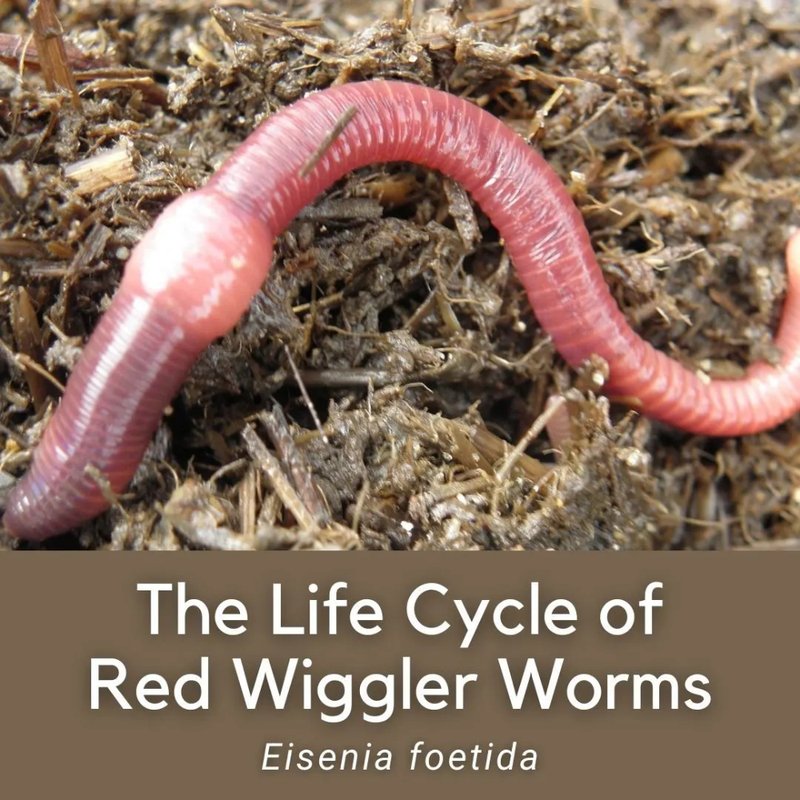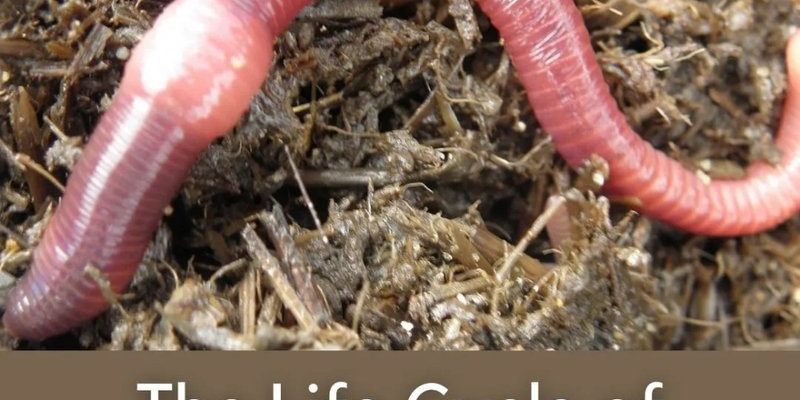
Understanding the seasonal behavior patterns of red wigglers can shed light on how they thrive in different environments. These changes aren’t just quirks; they play a critical role in soil health and ecosystem balance. The red wiggler (scientific name: *Eisenia fetida*) is often the star of the composting show, breaking down waste and turning it into nutrient-rich soil. In this article, we’ll explore their behavior throughout the seasons based on field studies, looking at factors like temperature, moisture, and food availability.
Understanding Red Wigglers’ Habitat
Red wigglers are typically found in rich, moist environments like decomposing leaves, compost piles, and garden soil. Their preferred habitat isn’t just a random choice; it’s deeply influenced by the seasons. During spring, the soil warms up, and moisture levels rise. This is when you’ll see red wigglers becoming particularly active. They thrive in temperatures between 55°F and 77°F, which coincides perfectly with springtime in many areas.
In cooler months, particularly winter, these little wrigglers slow down considerably. It’s like they’re hibernating, but they don’t truly sleep—just go into a kind of rest mode to conserve energy. They burrow deeper into the soil, seeking warmth and protection from frost. This seasonal behavior helps them survive harsh conditions, ensuring they can emerge, rejuvenated, when the weather warms up again.
Spring Awakening: Activity Levels Rise
As the frost melts away and flowers begin to bloom, red wigglers spring into action. The increase in temperature and moisture means the soil is now teeming with life. During this time, their populations can explode, feeding on the abundant organic matter that breaks down in warmer weather. It’s like a buffet for these worms!
You might be wondering how this affects composting. Well, during spring, if you’re maintaining a worm compost bin, prepare for a surge in activity. Red wigglers will eagerly break down more kitchen scraps, turning your waste into rich compost. Regular monitoring of moisture levels is key in spring, ensuring that your wriggly friends don’t dry out or drown in excess water.
Summer: The Heat Is On
Ah, summer! It’s that time of year when cooking outdoors and enjoying the sun becomes a daily routine. However, for red wigglers, the heat can be a double-edged sword. Temperatures above 85°F can stress them, leading to lower activity levels and even death if they can’t find a cooler, moist refuge.
Here’s the thing: summer isn’t just about heat; it’s also about the abundant organic material. People often toss out more food scraps as they cook up delicious meals for barbecues. If your compost pile is well-managed, summer can yield some fantastic nutrient-rich compost. Just watch those temperatures! Keeping things moist and shaded can make all the difference in keeping your red wigglers happy.
Fall: Preparing for Winter
As leaves change color and the air turns crisp, red wigglers start preparing for the cold months ahead. They sense the drop in temperature and instinctively begin to burrow deeper into the soil or compost pile. This behavior helps them avoid harsh conditions, ensuring they have enough moisture and warmth to survive.
During this time, you might notice a slowdown in their activity. It’s not that they’ve gone extinct; they’re simply conserving energy. If you’re planning to keep your compost bin active during the winter, add extra bedding materials like shredded leaves or cardboard to help insulate them. This gives them a snug little home to cling to until spring returns.
The Role of Moisture and Temperature
One of the significant factors influencing red wigglers’ behavior throughout the year is moisture. They thrive in environments that maintain consistent moisture levels—think about how we feel sluggish in dry weather. Red wigglers are similar!
During the summer heat, these worms may need extra care to prevent dehydration, while winter will often require monitoring to ensure they stay warm. The ideal moisture level for red wigglers is around 70-90%. If you’re managing a worm bin, checking moisture levels regularly, especially with seasonal changes, can keep your composting process smooth.
Impact of Seasonal Changes on Ecosystem Health
The seasonal behavior of red wigglers isn’t just fascinating; it plays a crucial role in maintaining ecosystem health. These worms help break down organic waste, turning it into useful nutrients for plants. When you think about it, they’re nature’s recyclers!
Moreover, the patterns of their activity can influence soil structure and nutrient cycling. As they burrow through the soil, they aerate it, allowing water and air to penetrate more easily. This aeration is especially vital in the spring and summer, when plant roots are establishing themselves and need access to moisture and nutrients.
Recognizing the seasonal behavior patterns of red wigglers gives us insight into maintaining a healthy environment. By understanding what drives these worms, you can better manage composting and soil health in your garden. Whether it’s the spring surge, the summer heat, or the fall preparations, each season offers fascinating lessons.
So, next time you throw kitchen scraps into your compost bin, take a moment to appreciate the hard work of red wigglers. They’re more than just worms; they’re vital players in the cycle of life. Embrace their rhythms, and you’ll see how seasonal changes can significantly impact your green endeavors. Without a doubt, they’re a small but mighty ally in nurturing our planet!

